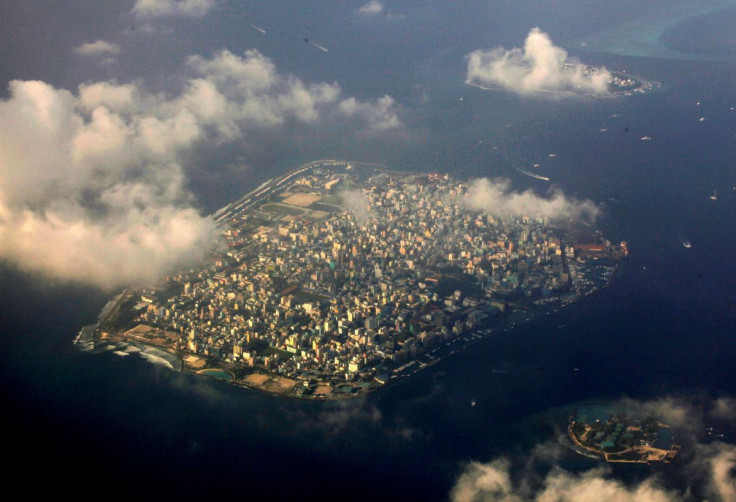This Hidden Ecosystem Is Creating An 'Oasis Of Life' Deep In Ocean [Watch]
KEY POINTS
- The Nekton Maldives Mission was active from Sept. 4 to Oct. 7
- It was the first mission to systematically map the deep waters of the Maldives
- "Aquanauts" found the trapping zone at a depth of 500 meters (1,640 ft)
A recent mission to the Maldives has discovered a unique ecosystem, teeming with life in the depths of the ocean, in a place the researchers are calling "The Trapping Zone."
The Maldives is a chain of 26 coral atolls located southwest of Sri Lanka and India. Anything more than 30 meters below the surface of the ocean is virtually unknown.
The Nekton Maldives Mission is the one behind this discovery, and it is the first one to systematically map the deep waters of the Maldives up to 1000 meters. The mission was carried out in a glass bubble submarine that traversed around a deep-water seamount in the archipelago.
The research team of "aquanauts" found the trapping zone at a depth of 500 meters (1,640 ft), a world in itself where large fish were seen gathering to prey on microscopic nekton.
Similar to zooplanktons, nektons are slightly larger in size, between 2 and 20 centimeters (up to 7 inches). Krill is also part of this group and is among the smaller nektons.
The nektons perform a vertical migration daily in tandem with the rising and setting of the Sun. When the Sun rises, the nekton swim toward the seabed. On their downward journey, they encounter submerged volcanic ridges and fossilized carbonate reefs formed 60 million years ago as they reach the sunken seamount. This unique arrangement stops the nekton from moving down any further, thereby trapping them in that region.
The trapped nektons serve as a free-for-all buffet for the predators in the area. The sheer diversity of predators that visit the trapping zone is an indication of the ecosystem thriving here.
Some of the predatory marine creatures found feasting in the trapping zone include tiger sharks, gill sharks, gulper sharks, scalloped hammerhead sharks, silky sharks, sand tiger sharks, and even rare bramble sharks.
The submarine, called the Omega Seamaster II, witnessed great ocean feasts in the trapping zone.
"Why is this occurring? Is this something that's specific at 500 meters, does this life go even deeper, what is this transition, what is there, and why?" marine scientist Lucy Woodall from the University of Oxford wondered, ScienceAlert reported. "This will enable us to understand the deep ocean in much better terms."
The discovery of the trapping zone made researchers wonder if a similar ecosystem exists on other oceanic islands with alike underwater settings.
"This has all the hallmarks of a distinct new ecosystem," marine biologist Alex Rogers, University of Oxford, said. "The Trapping Zone is creating an oasis of life in the Maldives, and it is highly likely to exist in other oceanic islands and also on the slopes of continents."
The Nekton Maldives Mission, which was active from Sept. 4 to Oct. 7, was funded by a non-profit titular research institute, the Government of the Maldives, and researchers at the University of Oxford.

© Copyright IBTimes 2025. All rights reserved.





















